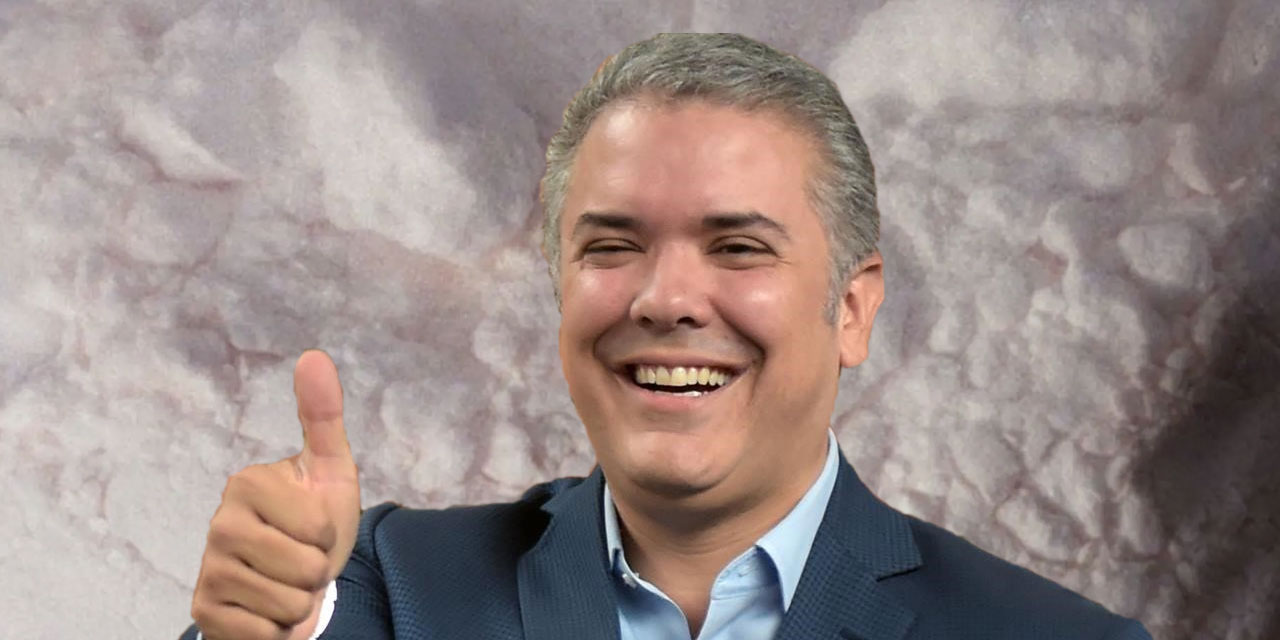Colombia’s security forces forcibly eradicated 30% less coca in the first four months of the year compared to last years efforts, not exactly the 40% increase promised to the US government.
Defense Minister Carlos Holmes Trujillo told newspaper El Espectador earlier this month that “Illicit crop eradication operations are being carried out in accordance with the timetable established for 2020, which aims to eradicate 130,000 hectares of coca in the country.”
The minister’s imaginary statistics
Trujillo must be receiving statistics other than those of his own Defense Ministry that show the security forces have eradicated 17,000 hectares between January and April.
The minister also said that the forces eradication would continue as planned during the state of emergency that took force in mid-March because of the coronavirus pandemic, again contradicting his own ministry’s statistics.
Forced eradication in 2019 and 2020
Source: Defense Ministry
In fact, everything indicates that the latest counternarcotics strategy of US President Donald Trump and his Colombian counterpart Ivan Duque which was announced by Trujillo after a visit by US Defense Secretary Mark Esper in February is an enormous failure.
The Colombian government boasted how it had been able to increase coca eradication in 2019 only to be let down in March by the White House, which said coca cultivation had reached an all-time high of 212,000 hectares.
Credible coca cultivation and cocaine production estimates are expected in later this year when the United Nations Office and Drugs and crime (UNODC) presents its annual report.
The UNODC has consistently claimed Trump and Duque’s strategy was doomed,
Crop substitution program all but dead
The voluntary eradication program, which is widely considered more effective, appears to have come to a standstill. According to the UNODC, less than 150 hectares were voluntarily eradicated.
Notwithstanding, post-conflict adviser Emilio Jose Archila said the program brought to life by Duque’s predecessor Juan Manuel Santos as part of the peace process “was very successful.”
In a sense it is, because according to the UN agency, it has been able to verify that farmers replanted coca in only 0.2% of the 41,000 hectares that have been eradicated since May 2017.
The Defense Minister said in February that the replanting after forced eradication was 40%, less than half than the 81% registered by the UNODC in 2018.
Notwithstanding, the government has expressed no interest in continuing the program once the 100,000 families currently taking part have received their substitute crops.
Any progress on spraying?
Duque said in June lat year that he believed the court would lift the ban on the aerial spraying with coca the next month.
The court told him the president could forget about that in July.
His US counterpart told Duque in March “you’re going to have to spray,” which Duque tried.
The government tried to take advantage of the coronavirus pandemic and seek the compulsory local consensus through online voting in areas where there’s barely any internet, but farmers blocked this in court in May.
Meanwhile, the situation in the countryside is getting grimmer by the week as farmers refuse to starve to death voluntarily. Instead, at least a dozen have died in clashes with police.
The US military announced earlier this month it had sent in extra forces, fifty-three to be exact, according to the defense minister. The opposition asked the court to expel the foreign soldiers who would allegedly be sent to traditional conflict areas and order the resumption of the peace process.


